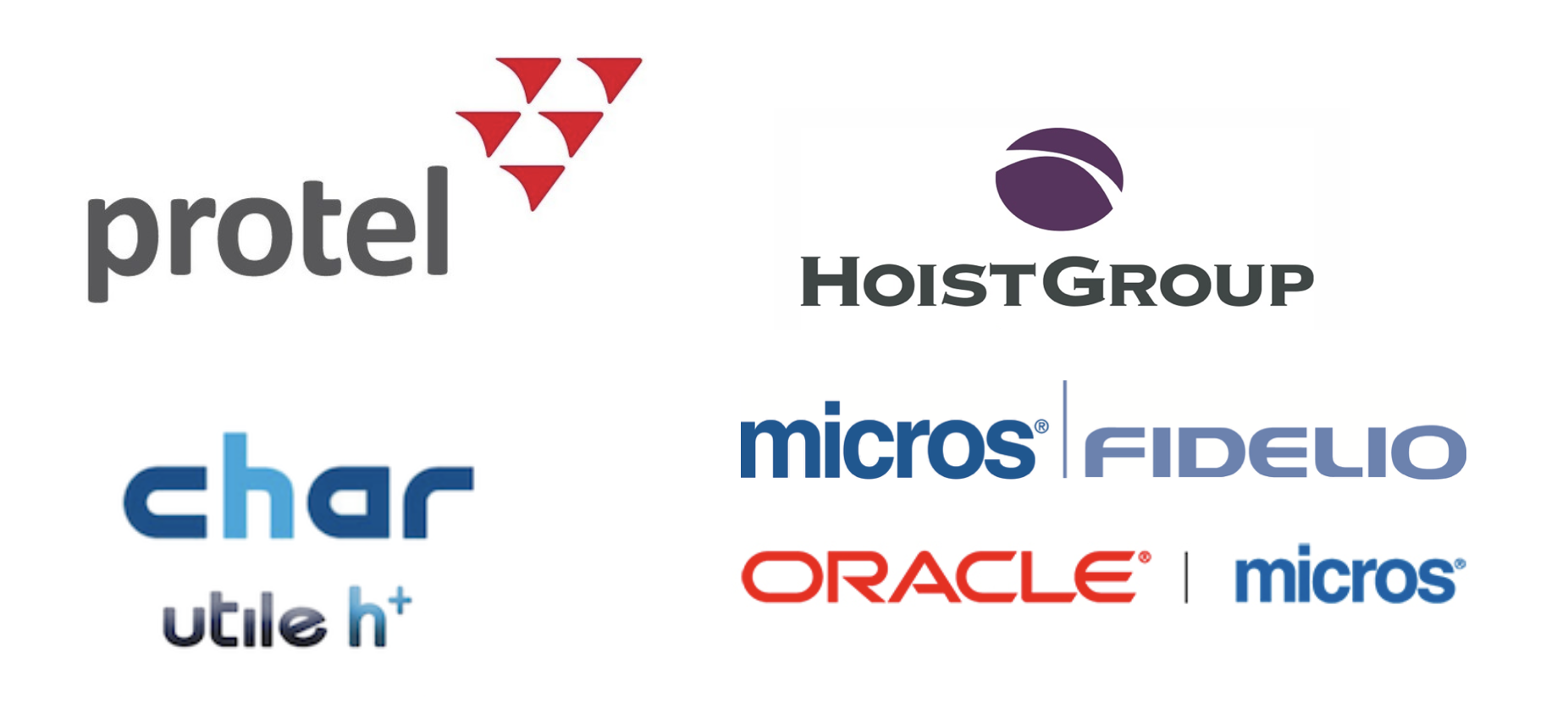This time we will talk about integrations with hospitality management systems via FIAS network protocol.
FIAS
As we saw in the blog article Vertical Solutions for Retail, Education, Hospitality, Healthcare, integration with hospitality software automates operations such as:
- Check-ins / check-outs
- Minibar charges
- Call charges
- Room status updates
- Do-not-disturb status updates
The most popular PMS systems support a TCP network protocol called FIAS, which allows integration with PBX / UC systems. FIAS was developed by Micros (now Oracle) to allow communication between its PMS Fidelio and external systems such as PBXs, Keys Management Systems, and PoS.
The PBX can be connected directly to the PMS, or if the PBX does not support FIAS, via middleware. In any case, the application that connects to the PMS must be certified.
In recent times, other manufacturers besides PMS Software (like Fidelio from Micros and Opera) support FIAS as a communication standard (for example, Protel).
Usually, support for FIAS integration modules is fee-based. When choosing a system, the following questions should be answered in advance:
- Which features you need from those listed above?
- Which features are supported by the PMS / UC server?
- Are there fees to activate the features on the PMS?
- Are there fees to activate the features on the UC server?
Most UC servers provide FIAS support via external software.
Other Integrations
Many hotels might not have a system that supports FIAS natively, or may not be interested in buying one. In this case, you must make sure that the UC server supports other means of integration.
Using the indicators detailed earlier (TAPI Windows and Web APIs Integrations), it should be easy for the software company to integrate with the PBX via TAPI or WebHooks.
Using a web API, for example, the PBX can allow a call to be generated by the PMS to perform a wake-up call. A WebHook by the PBX to the PMS can determine if the call has been successful.
Other WebHooks can send the result of the wake-up call back to the PMS. For example, this is useful for informing a receptionist that the guest did not respond.
If the PMS is web-based, the best results are achieved if the UC server allows external applications to connect to it via the web. In this scenario, the web PMS shows, in real-time, the PBX extension’s (room’s) status, sends actions, and receives immediate feedback.

